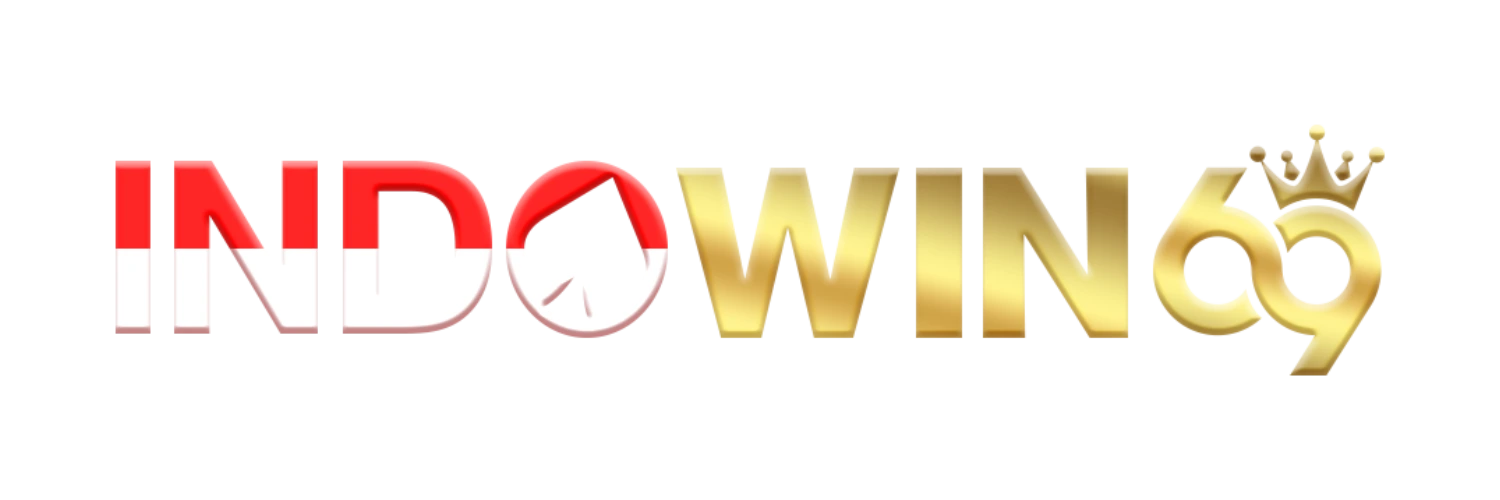Kalau kamu sudah lama main slot online atau sport parlay, pasti tahu betapa pentingnya cari situs yang bener-bener terpercaya dan gacor. Di tahun 2025 ini, satu nama yang lagi naik daun banget di kalangan pecinta judi online adalah INDOWIN69. Banyak yang bilang ini bukan sekadar situs biasa, tapi tempat main yang seriusan ngasih cuan dan pengalaman bermain kelas dunia, apalagi karena pakai server asli Macau.
INDOWIN69 adalah situs judi slot gacor yang menyediakan permainan slot dan sport parlay dengan sistem paling update dan fair. Situs ini berbasis server asli dari Macau, yang udah dikenal sebagai Las Vegas-nya Asia. Artinya? Kualitas permainan, keamanan, dan keadilan di situs ini bisa dibilang top banget.
Dengan semua fitur lengkap, keamanan top, server Macau, dan pilihan permainan yang super variatif, nggak heran INDOWIN69 jadi salah satu situs paling populer di 2025. Ini bukan cuma tempat cari hiburan, tapi juga ladang cuan kalau kamu main dengan strategi yang tepat.
Buat kamu yang bener-bener cari situs slot gacor dan sport parlay terpercaya, INDOWIN69 Server Macau adalah pilihan terbaik saat ini. Yuk, langsung daftar dan rasain sendiri serunya menang besar di dunia nyata!












